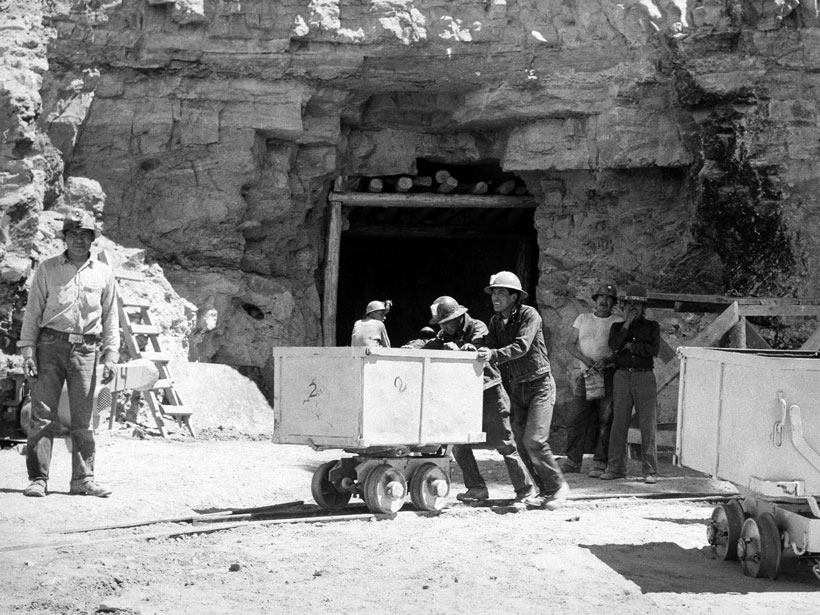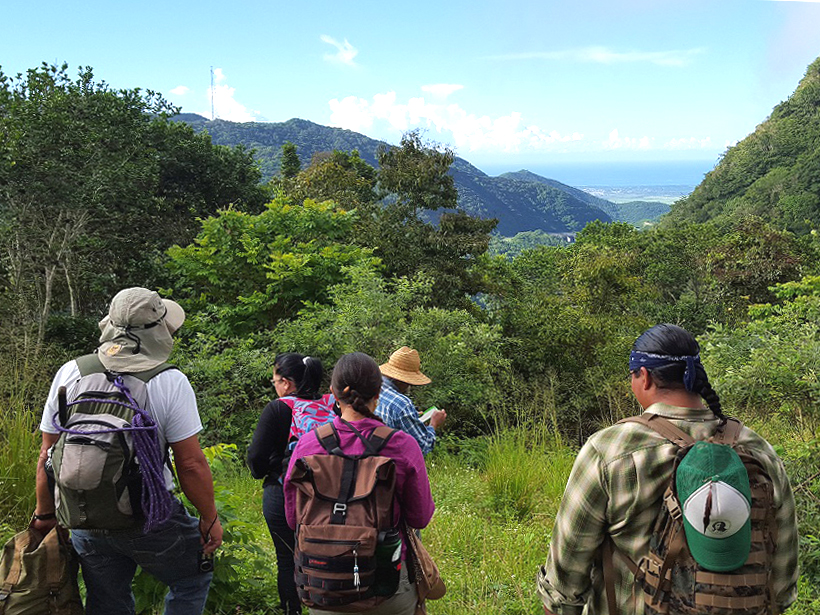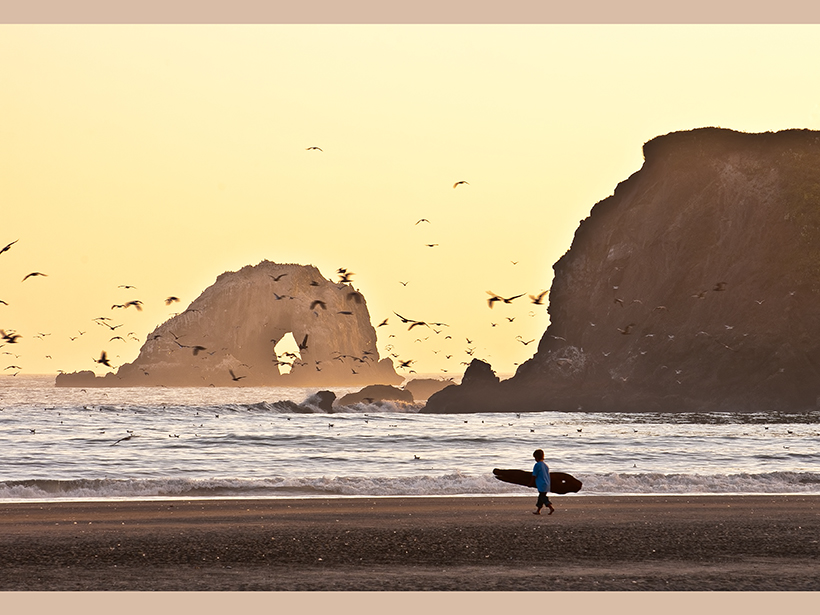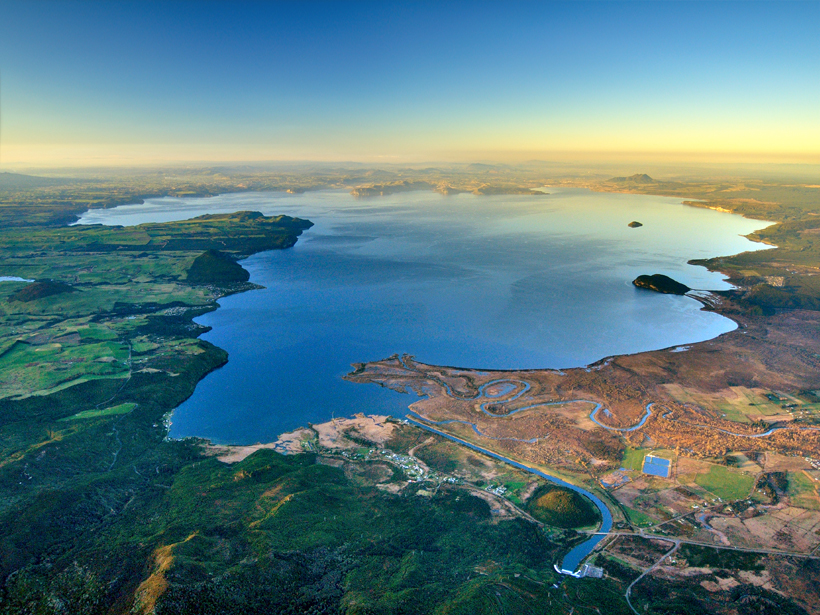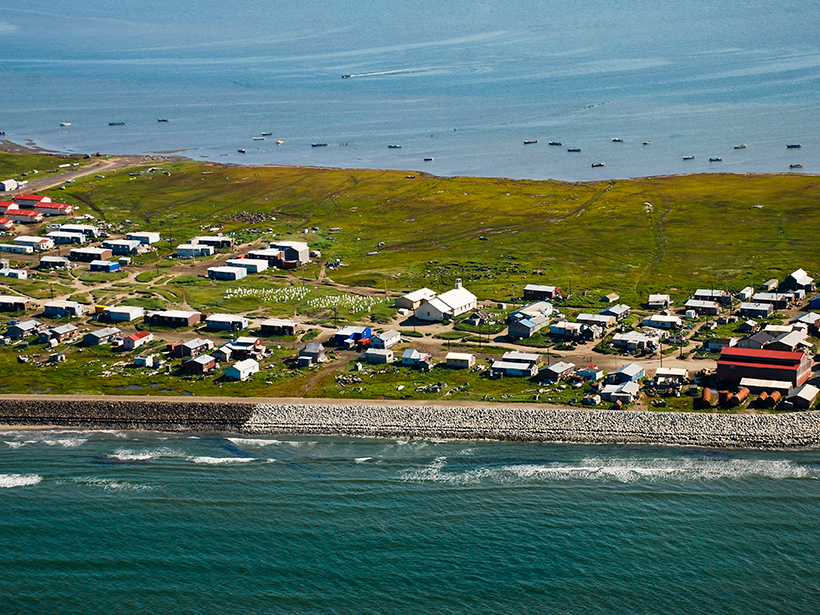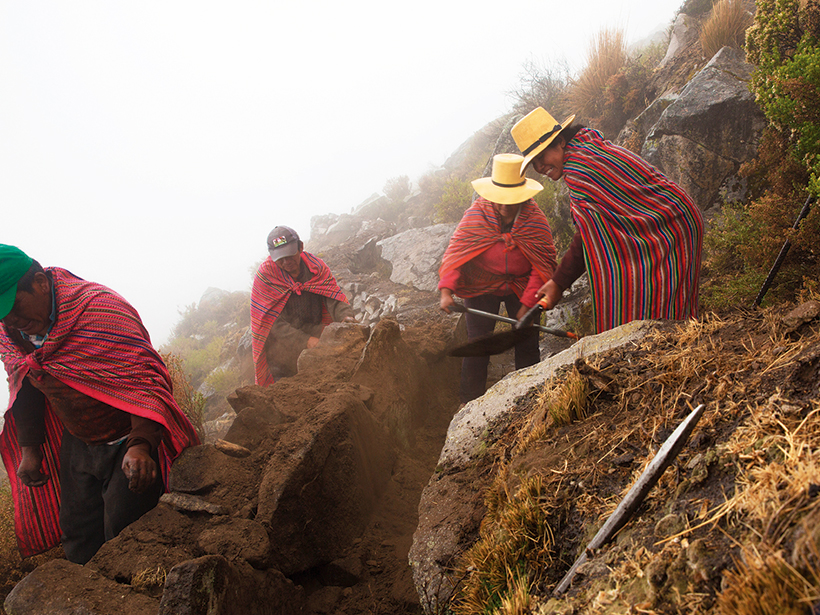An innovative clinical trial uses “two-way participation” between Navajo and medical communities to study the impact of zinc on mitigating health effects associated with uranium mining.
Indigenous Peoples & Traditional Knowledges
Manteniendo el Conocimiento de la Ciencia Indígena Fuera de un Molde Colonial
Un nuevo modelo de trabajo podría ayudar a los científicos a diseñar y facilitar la investigación que cumpla tanto los estándares de ética científica como los culturales, al trabajar con conocimiento indígena acerca del clima y el ambiente.
El Sistema de Canales Preincaicos Usa Laderas Como Esponjas para Almacenar Agua
Así se preparan para un futuro más seco en la costa occidental de Perú, los investigadores están recurriendo a técnicas del pasado.
A Tribe’s Uphill Battle Against Climate Change
Tribes like the Quinault are ill-equipped to adapt their reservations to wide-ranging, increasing threats from climate change.
Implications of a Supervolcano’s Seismicity
Last year’s rumblings beneath New Zealand’s Taupō supervolcano, the site of Earth’s most recent supereruption, lend new urgency to research and outreach efforts in the region.
New England Forests Were Historically Shaped by Climate, Not People
A first-of-its-kind study combining paleoecology and archeology indicates that the New England landscape was not actively managed with fire prior to European arrival.
Helping Alaskan Communities Facing Climate Risks
Scientists examine how best to use science to help communities respond to rapid climate change in the Arctic.
Remote Landslide Puts Fraser River Salmon on Shaky Ground
An alliance of First Nations, provincial, and federal leaders worked with scientists, engineers, and emergency responders to rescue critical salmon stocks in western Canada.
Pre-Inca Canal System Uses Hillsides as Sponges to Store Water
To prepare for a drier future on Peru’s western coast, researchers are turning to techniques of the past.
Keeping Indigenous Science Knowledge out of a Colonial Mold
A new working model could help scientists design and facilitate research that adheres to both scientific and cultural ethics standards when working with indigenous knowledge about climate and the environment.

